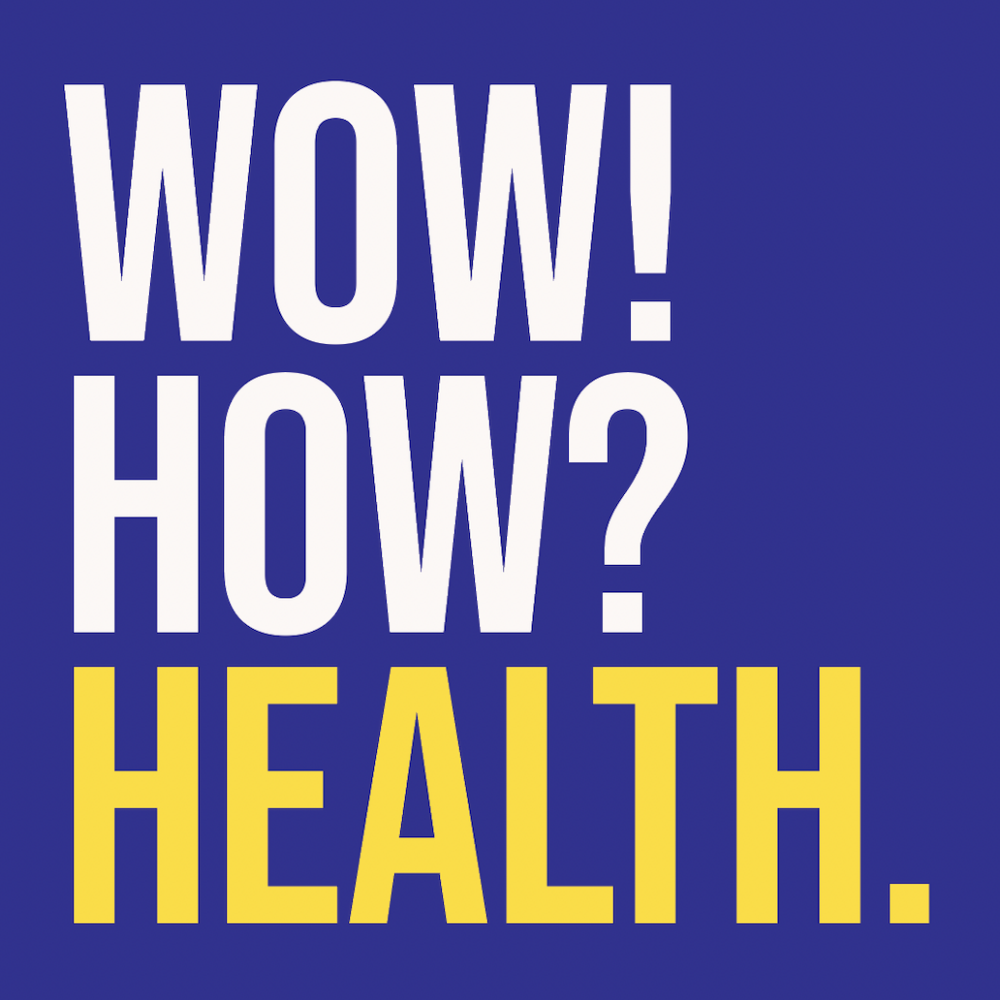
This post is part of my LinkedIn series: Wow! How? Health. I welcome comments on either platform.
Thirty-three years ago today, on September 5, 1991, activists unfurled a giant, inflatable condom over a U.S. Senator’s house. Don’t believe me? Watch a 30-second news clip or a 5-minute documentary about the action.
It was a splashy way to announce the formation of the Treatment Action Group (TAG), an offshoot of the AIDS Coalition to Unleash Power (ACT UP), and to draw attention to Senator Jesse Helms’s hateful statements and policy proposals related to the AIDS crisis. As Peter Staley, a TAG organizer, wrote: “One of the best tools an activist can use is humor. If you can get folks laughing at your target’s expense, you diminish his power.”
ACT UP, TAG, and other AIDS activists demanded – and won – seats at the negotiating table with policymakers, researchers, and funders. Crucially, some activists became experts in the science of their own disease. As Steven Epstein put it in his book, Impure Science:
Perhaps the most striking feature on the landscape of AIDS politics is the development of an “AIDS movement” that is more than just a “disease constituency” pressuring the government for more funding, but is in fact an alternative basis of expertise.
Other radical health movements have borrowed from the ACT UP and TAG playbooks when they felt shut out, left out, or ignored.
For example, the National Breast Cancer Coalition used similar in-your-face lobbying tactics to increase research funding. They also teach advocates how to engage in high-level scientific discussions. Patients who identified, named, and measured Long Covid more recently took up the mantle of building a movement based on expertise (with the overlay of public actions to draw attention to their plight). And psychedelic outlaws who live with cluster headache are pursuing citizen science because mainstream health care has failed them.
Where else have you seen patients, survivors, and caregivers not only lobbying for research funding, but also contributing to the research as experts in their own right? Please share in the comments.
This doesn’t answer your question exactly — just another share for attention getting tactics in health for misunderstood causes. Your post reminds me of the dude who planned to bury his Bentley suggesting that when he died he would put his beloved car in the ground as well. People were outraged and annoyed with the idea of such waste. He was in Brazil and widely known.
Turns out, it was an advertising ploy to grab attention — which it did — earning tons of media attention for the actual planned buriel of the luxury vehicle. The media bit and showed up to watch a lunatic billionaire put his car in the ground….
Genius Leo Burnett ad effort.
It was an advertising effort to build awareness for organ donation upon death in Brazil that had an exceedingly low rate, urging awareness that these vital organs shouldn’t be buried when they could potentially in some cases go on to improve the lives or health of another. Organ donation bumped over 33% in the first year after the campaign as I understand it. Not sure the rates for donation were sustained, but the immediate attention draw proved a great tactic for awareness and change.
Here’s a little media link on the stunt: https://www.dandad.org/awards/professional/2014/integrated-earned-media/23065/bentley-burial/
That is a Wow! story for sure — and one that I had never heard. Thank you.
Last night I was trying to think of a headline for this post. My working title was just: Wow! How? ACT UP but that didn’t capture the spirit of how activists not only were brilliant at getting attention for their misunderstood/ignored/invisible causes but they also put in the work to become experts, to move the fight upstream from “let us into these clinical trials” to “let us contribute to the decisions guiding the basic science that is the precursor to drug development.” Typing “In-your-face Expertise” felt like a lightbulb moment (and for now, there are zero Google results for the phrase).
There’s an indelible line in Epstein’s book (linked in the post above) about how tactics had to shift to suit the task at hand, to engage with scientists instead of confronting them publicly because you can’t “scream a cure out of a test tube” (Impure Science, page 328). And yet the advocates never lost their fierceness. That’s the spirit I see in patient-led, survivor-led, caregiver-led communities.